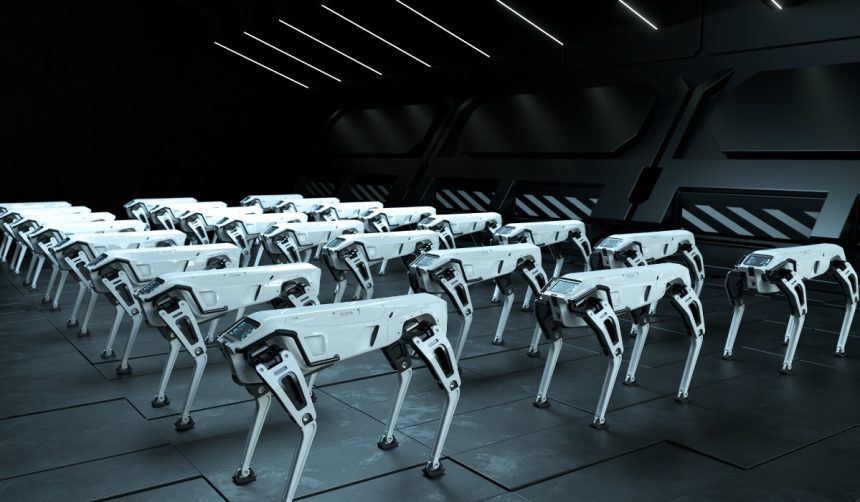High-precision robotics are making an increasing impact in healthcare, with robots now performing thousands of procedures worldwide. SS Innovations International, headquartered in Fort Lauderdale, has reported that its SSi Mantra surgical robotic system is being used in a growing number of hospitals and clinics. The adoption extends across India and six additional countries, suggesting international demand for affordable robotic-assisted surgical solutions. Manufacturers anticipate further interest as regulatory submissions advance in the United States and Europe. The healthcare robotics field is experiencing notable attention as clinicians and patients weigh the benefits and challenges that this development brings.
SS Innovations has publicly announced that the SSi Mantra system has now been installed in over 100 locations spanning several countries. More than 5,000 surgeries have employed these systems, including 240 cardiac operations and 32 telesurgeries. Past announcements primarily focused on installations within India, and emphasized affordability and accessibility. Today, developments highlight broader global reach and new achievements in complex procedures. This growth marks a departure from previous periods when advanced robotic surgery options were largely limited by cost and availability, especially outside North America and Europe.
What Comes Next for SSi Mantra Globally?
The company’s next phase includes plans to make its technology available in larger markets. SS Innovations expects to submit a De Novo application to the U.S. Food and Drug Administration for SSi Mantra approval by July 2025. Additionally, steps toward European Union CE marking certification are underway, which could permit sales on the continent as early as the end of 2025. The goal is to broaden market access for the SSi Mantra and associated SSi Mudra instruments, which support a wide variety of surgical specialties. Demand for robotic solutions is reportedly rising, especially in healthcare systems pursuing both surgical precision and cost management.
How Has SSi Mantra Advanced Telesurgery?
The SSi Mantra 3 platform recently enabled a weight loss telesurgery bridging a distance of 560 miles within India. Dr. Mohit Bhandari performed this bariatric procedure—specifically, two One-Anastomosis Gastric Bypass surgeries—remotely, controlling the system from Gurugram while a team assisted in an operating room in Indore.
“With the SSi Mantra 3, we have not only demonstrated the immense potential of robotic telesurgery but also redefined the boundaries of surgical care,”
Dr. Bhandari remarked, referencing the execution and technical precision of the operation. According to SS Innovations, the remote surgery was conducted with seamless coordination and without perceptible delay, indicating significant advancement in the teleoperation field.
Can Wider Availability Address Healthcare Equity?
SS Innovations emphasizes that cost-effective surgical robotics can improve healthcare equity by reaching under-resourced medical facilities. Broadening the use of SSi Mantra and SSi Mudra tools enables more hospitals to offer robotic-assisted procedures. As regulatory clearances are pursued in the U.S., Europe, and other new regions, questions about long-term affordability, training, and access will shape next steps. The company underscores its vision to “democratize” robotic surgery and continue expanding access both in current territories and new markets worldwide.
The rising deployment of the SSi Mantra system reflects ongoing efforts to address perceived deficiencies in surgical accessibility with advanced technology. When considering the current scale and scope of SSi Mantra implementations, it is clear that SS Innovations has moved beyond domestic launches and into a global expansion phase. As additional regulatory filings progress, the interplay of technology, affordability, surgeon training, and cross-border collaborations will be important for potential adopters to evaluate. Healthcare providers and policymakers should watch developments in approval timelines and clinical performance, as experiences in India and early adopters could inform international standards and adoption trends for robotic-assisted surgery.










